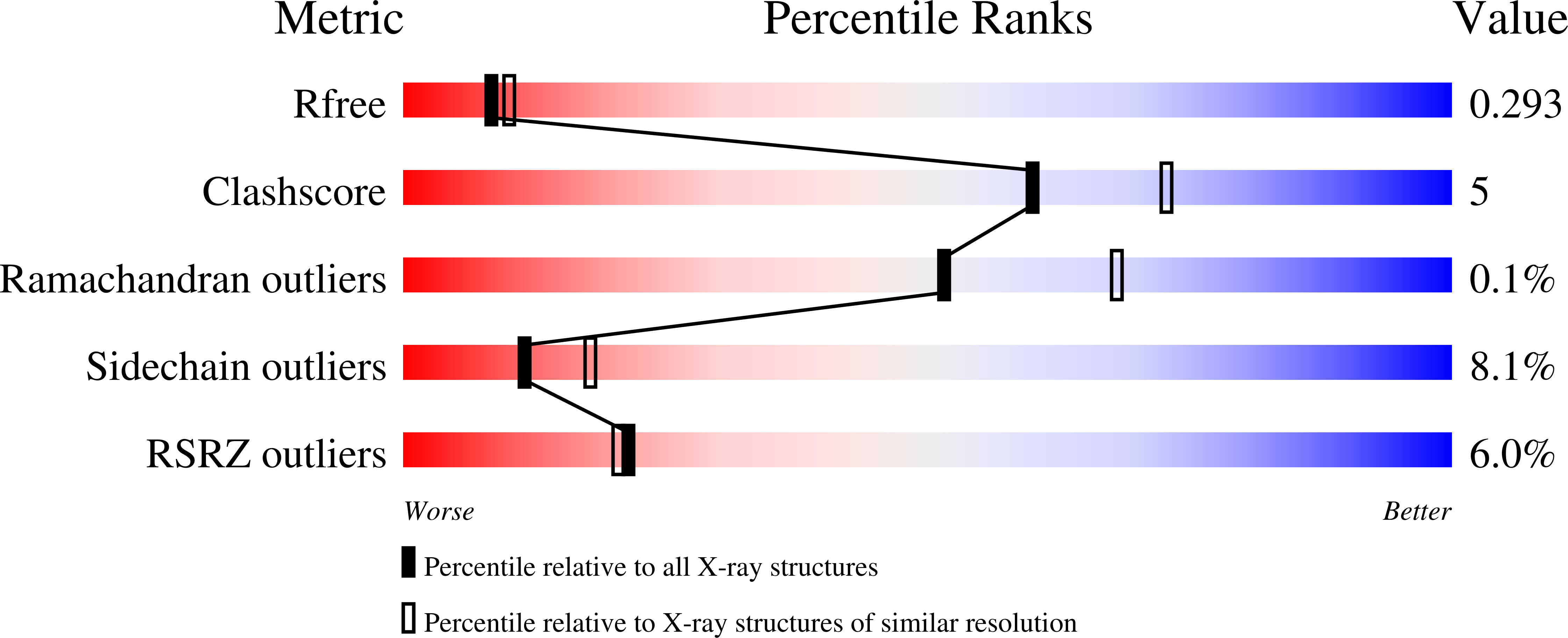
Deposition Date
2008-10-01
Release Date
2008-10-21
Last Version Date
2024-10-16
Entry Detail
PDB ID:
3EQV
Keywords:
Title:
Crystal structure of penicillin-binding protein 2 from Neisseria gonorrhoeae containing four mutations associated with penicillin resistance
Biological Source:
Source Organism:
Neisseria gonorrhoeae (Taxon ID: 485)
Host Organism:
Method Details:
Experimental Method:
Resolution:
2.40 Å
R-Value Free:
0.25
R-Value Work:
0.21
R-Value Observed:
0.21
Space Group:
P 21 21 21


